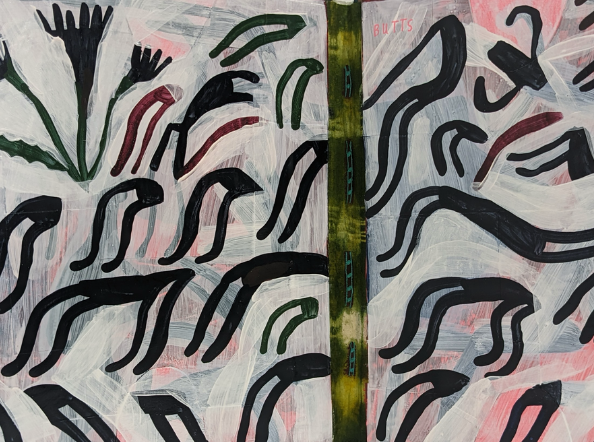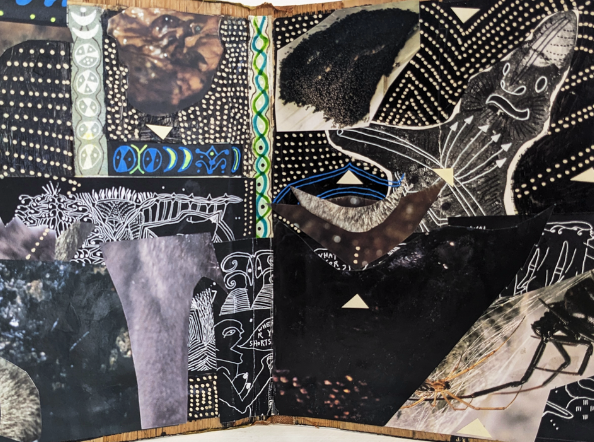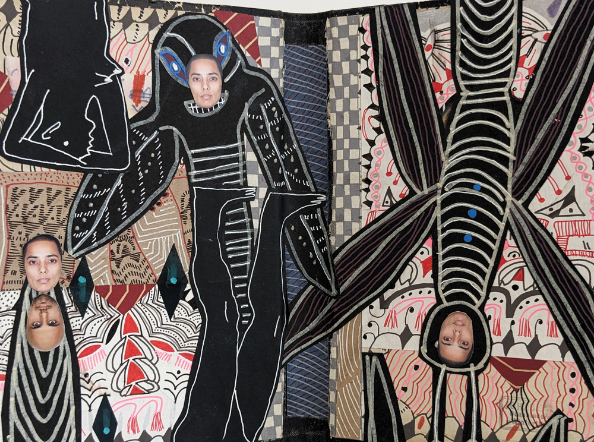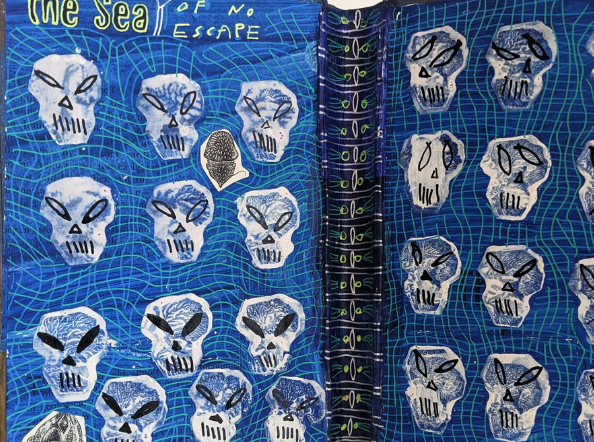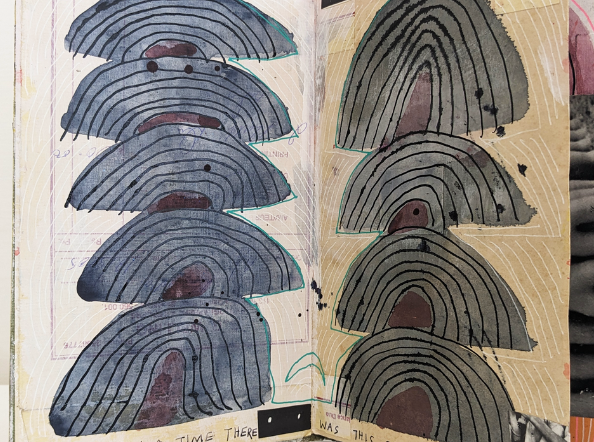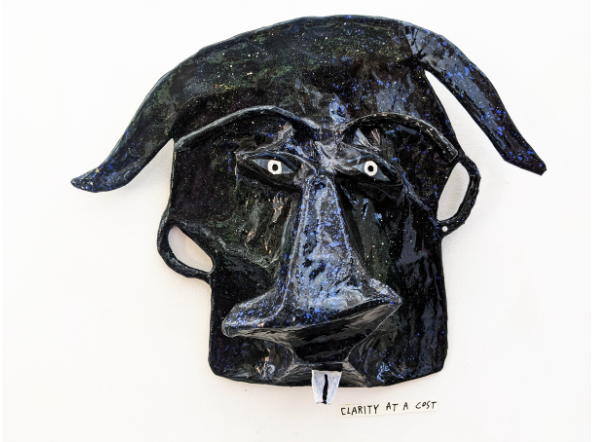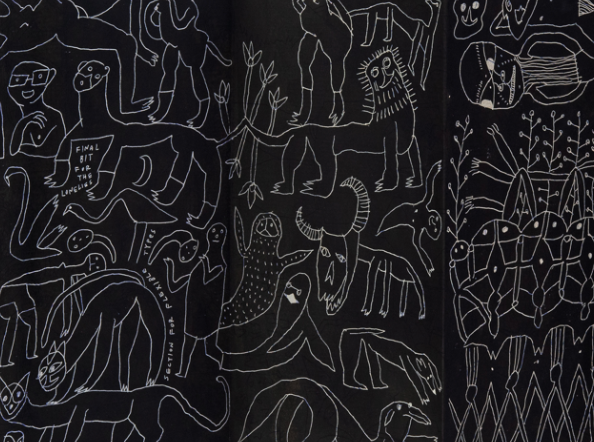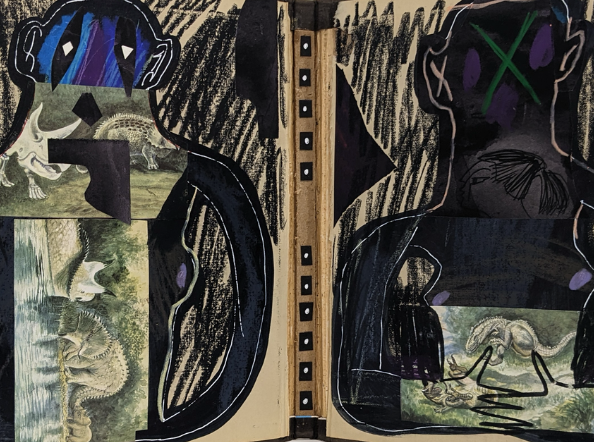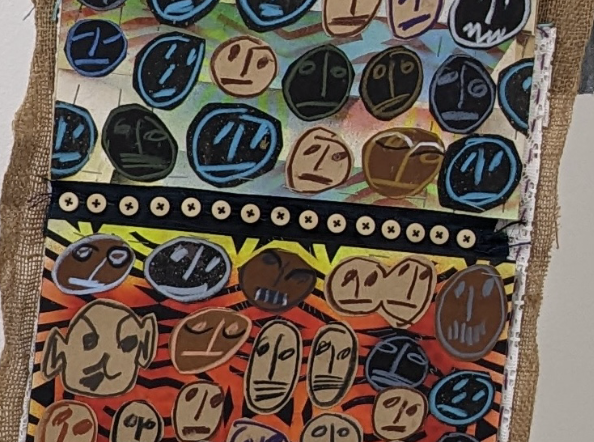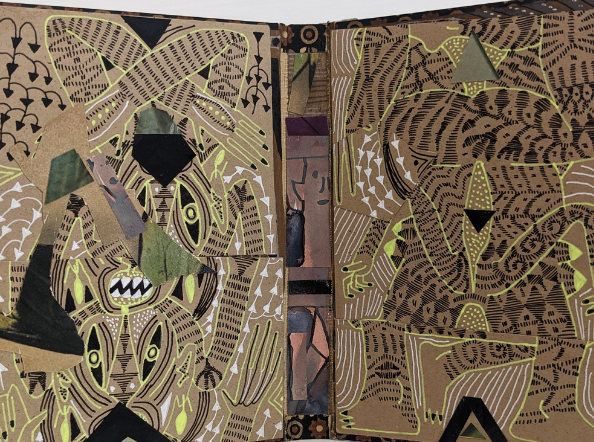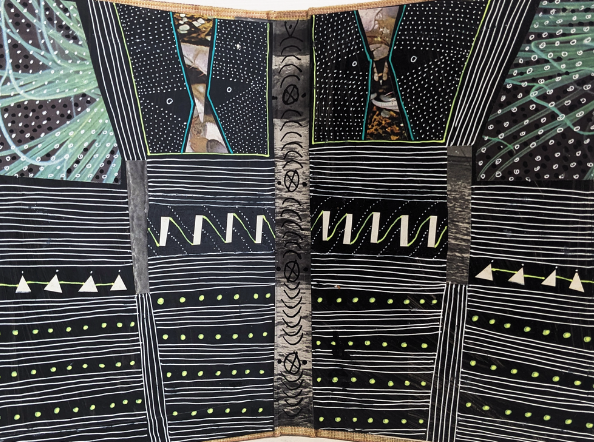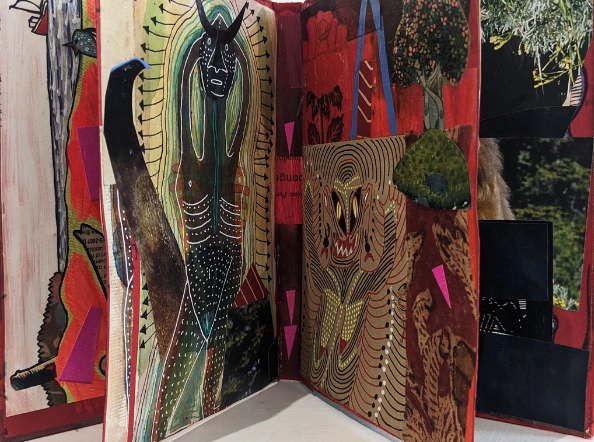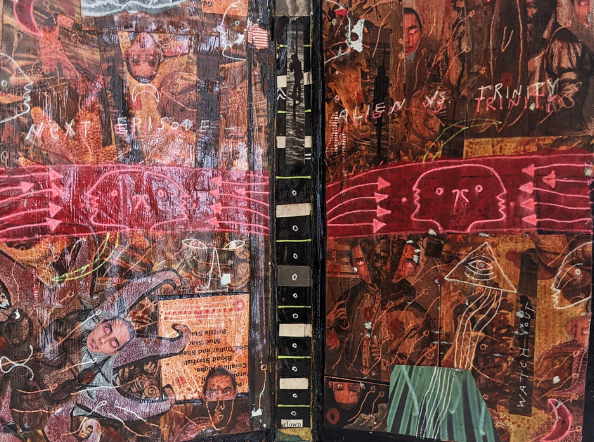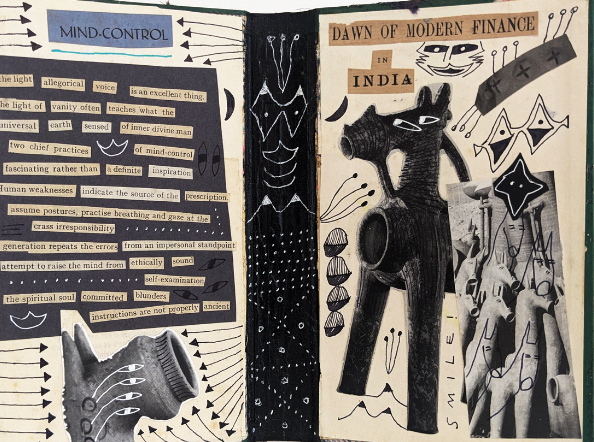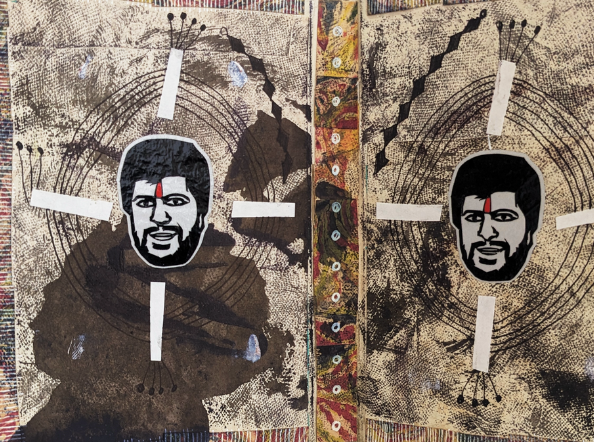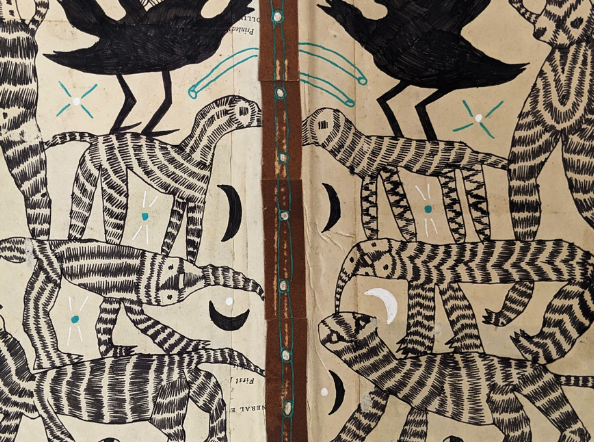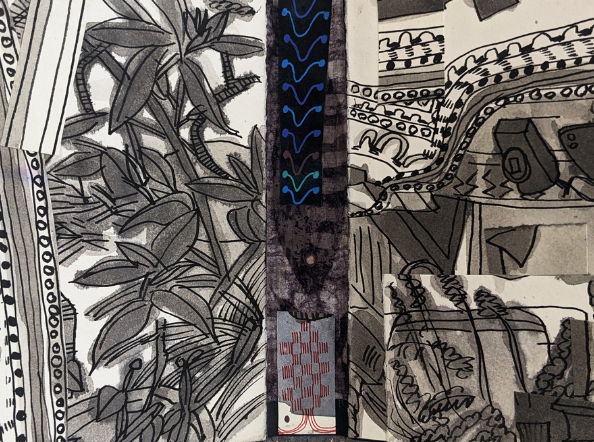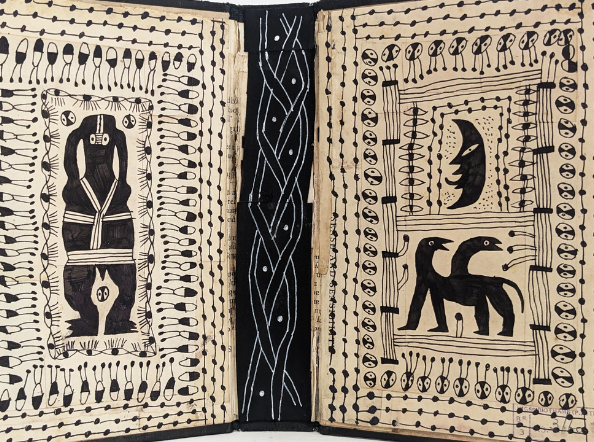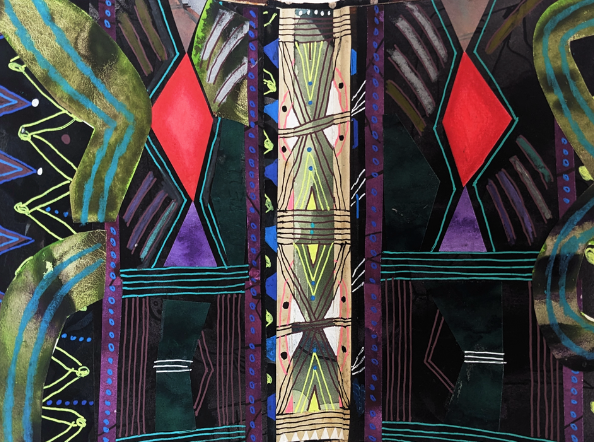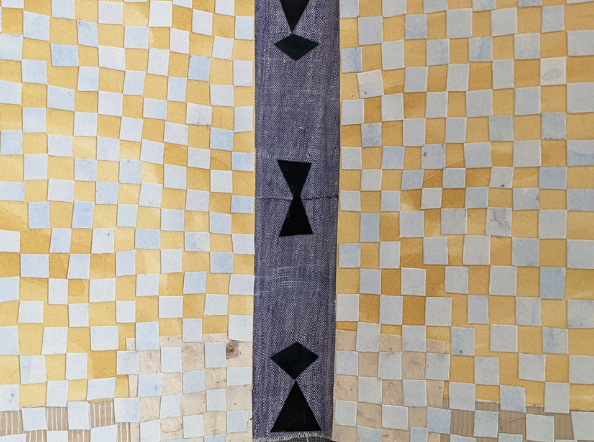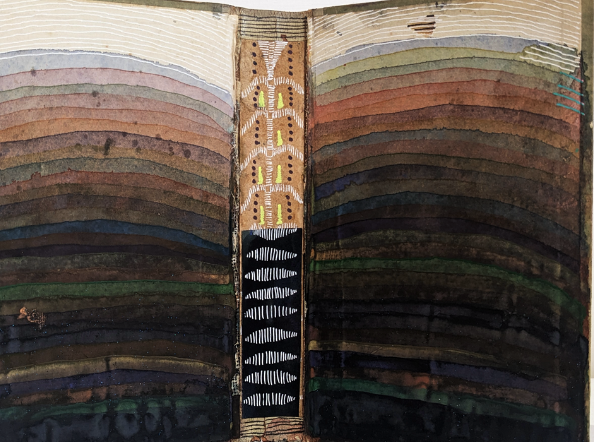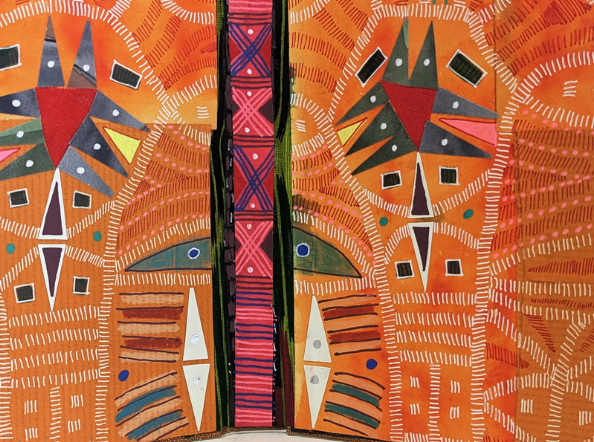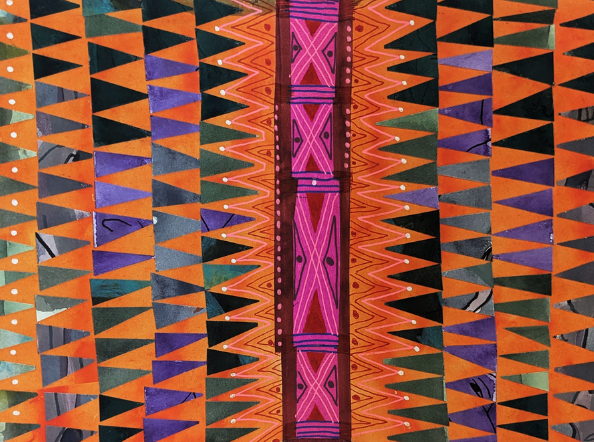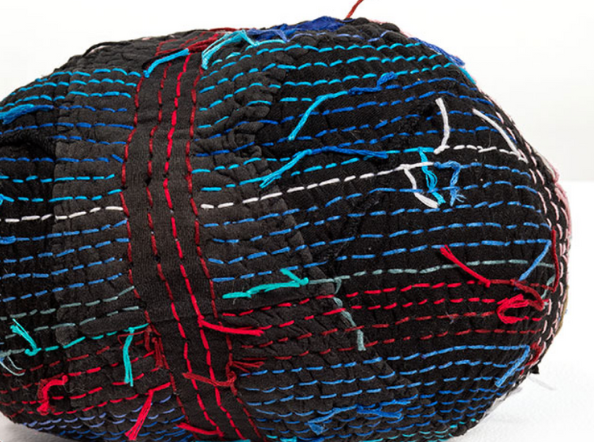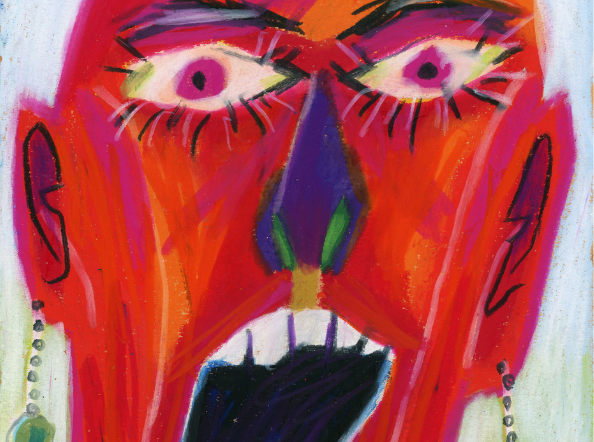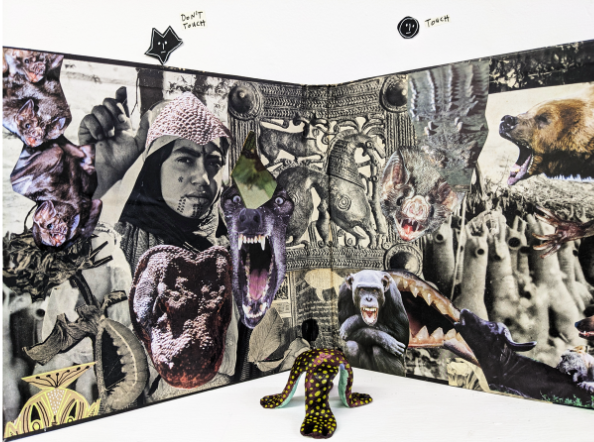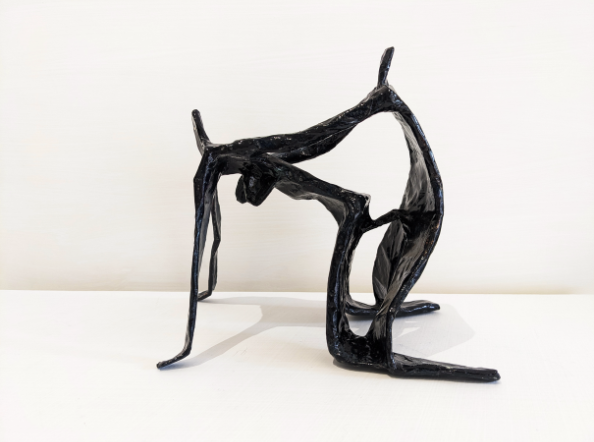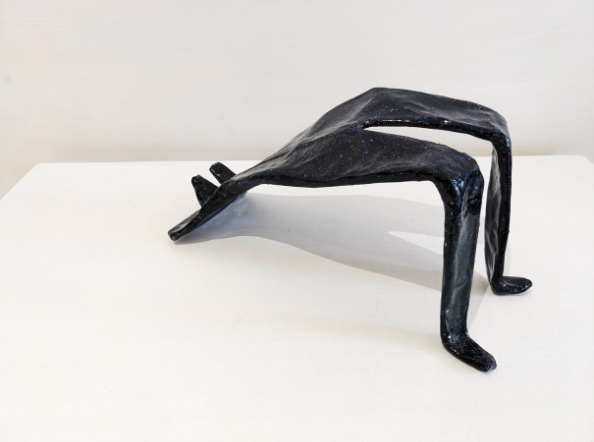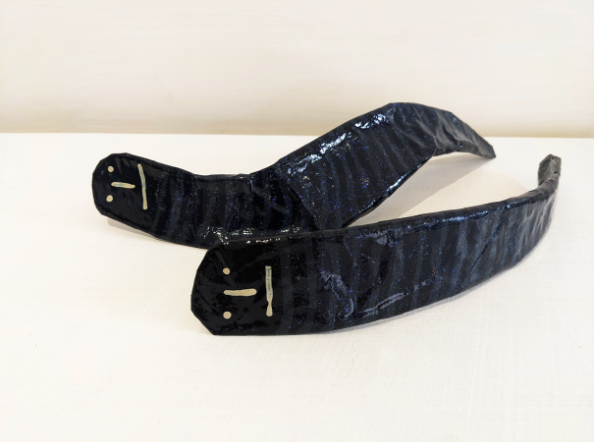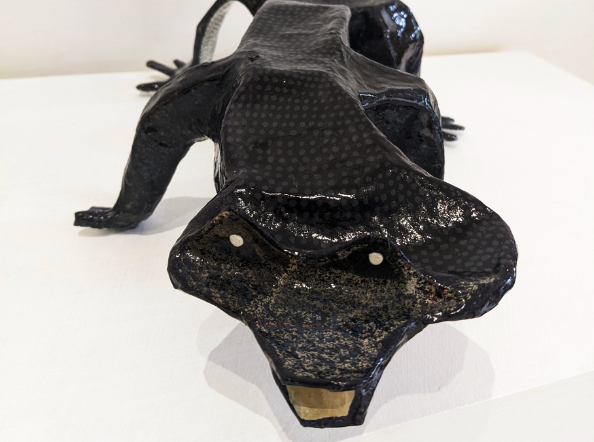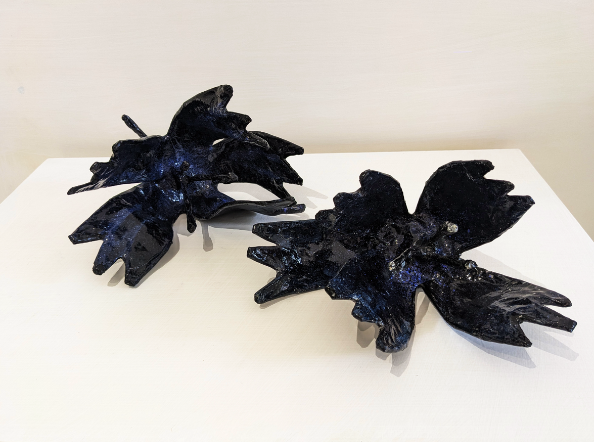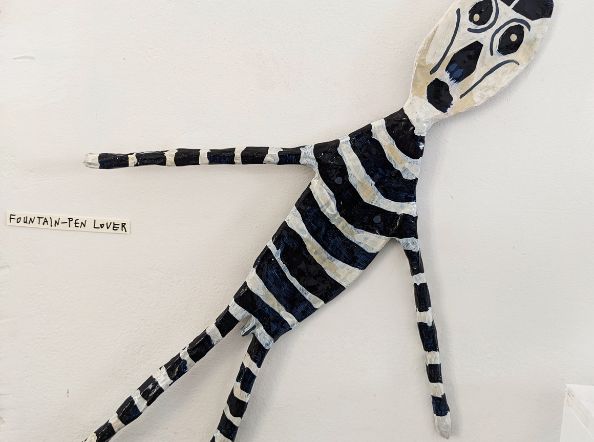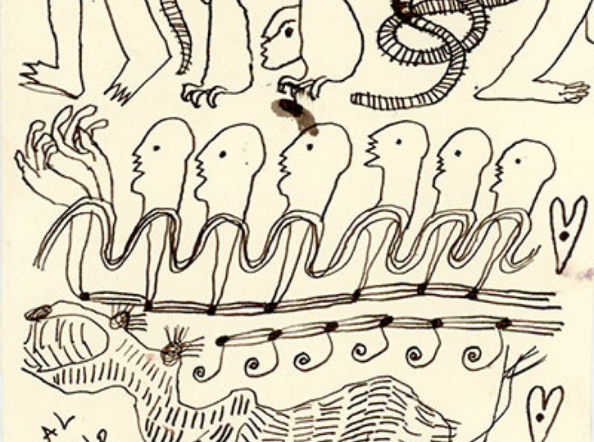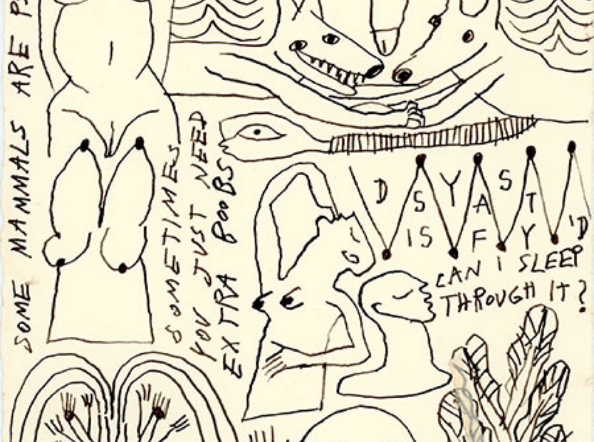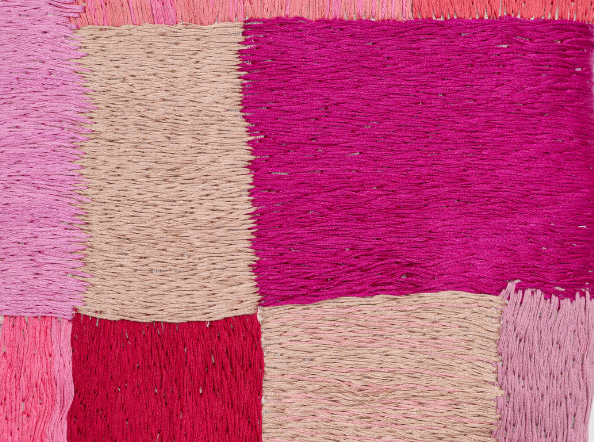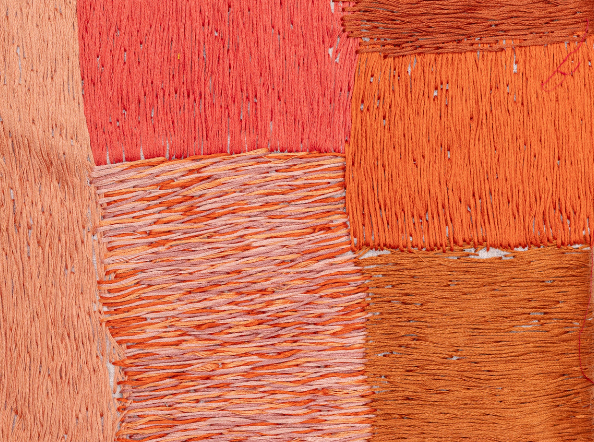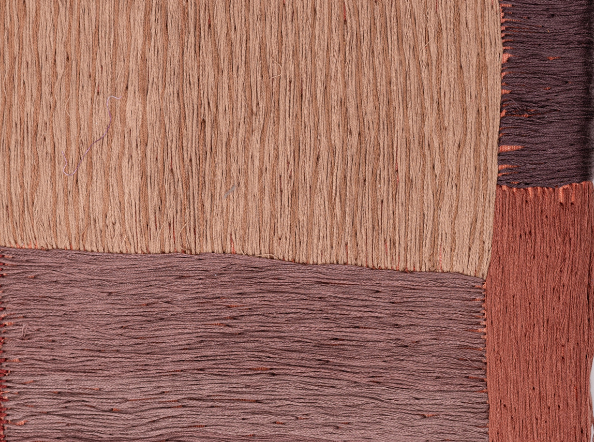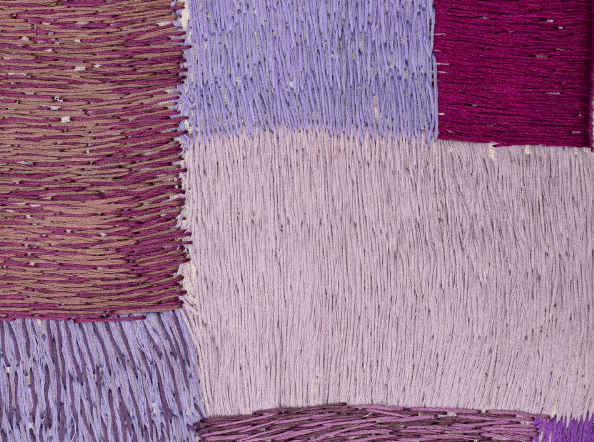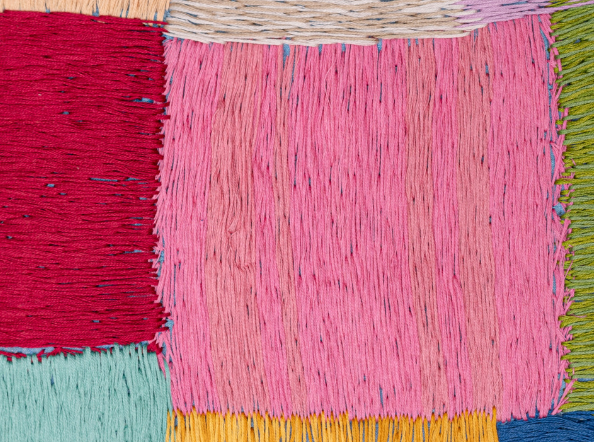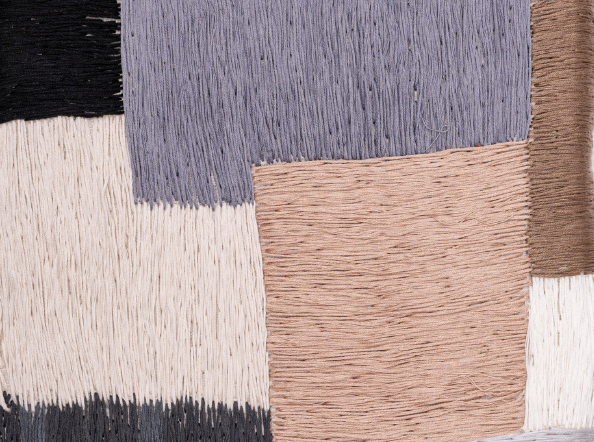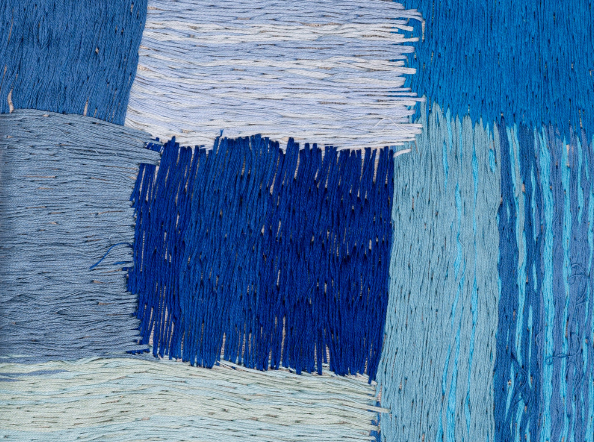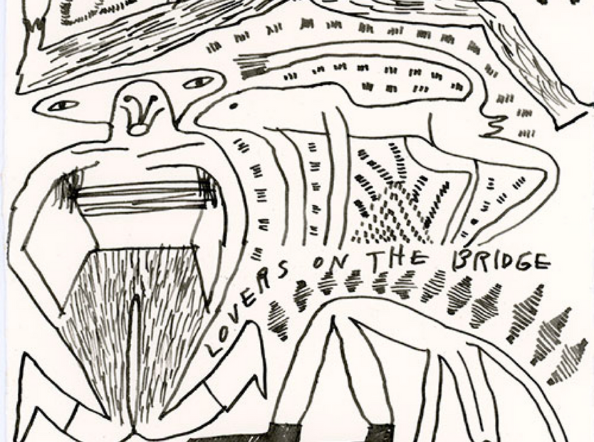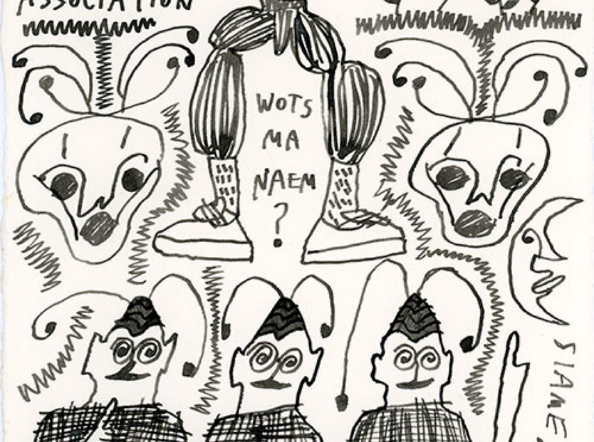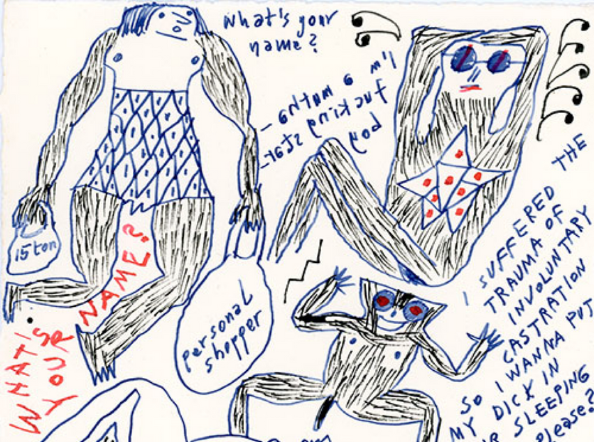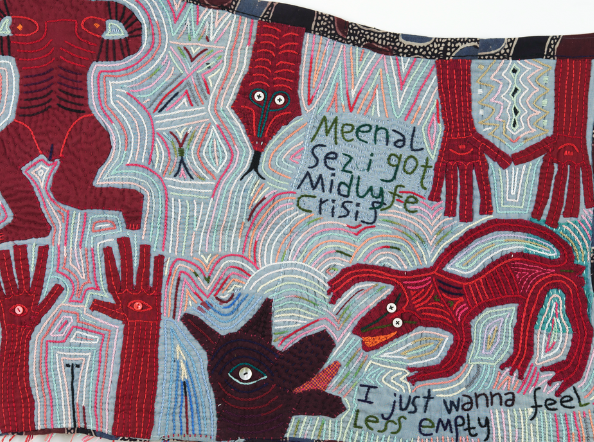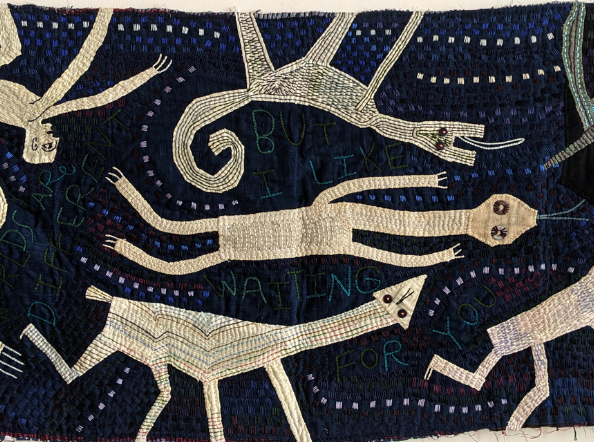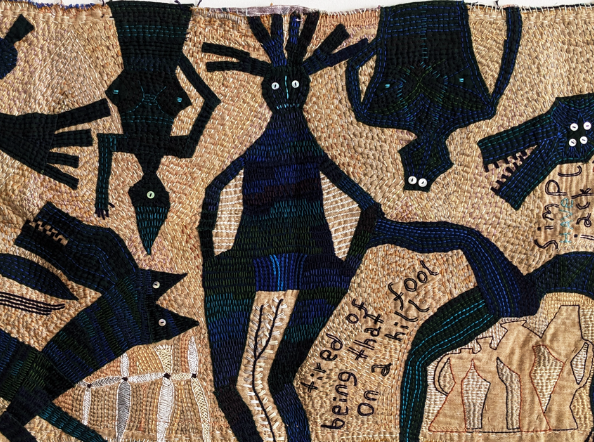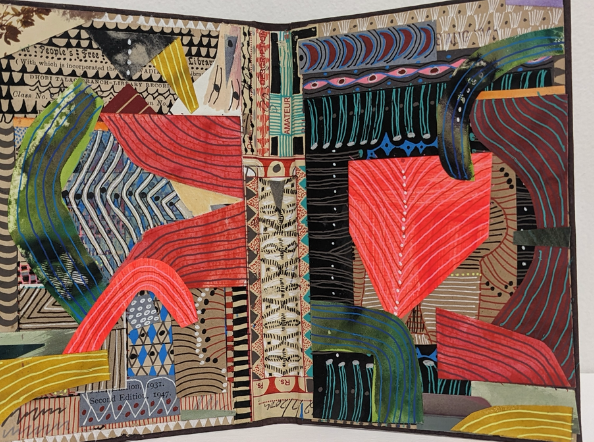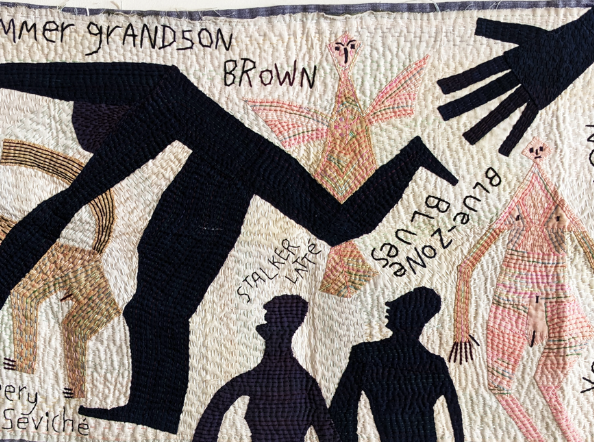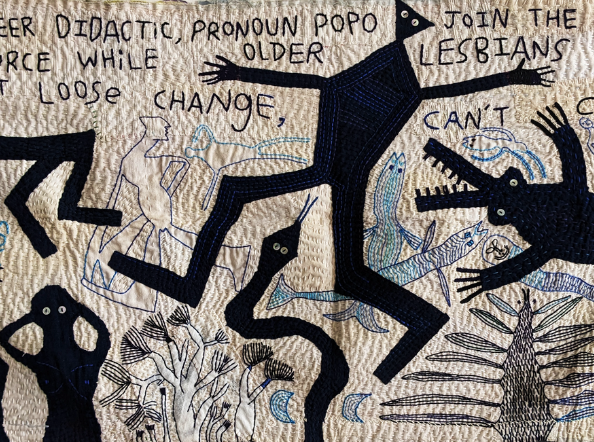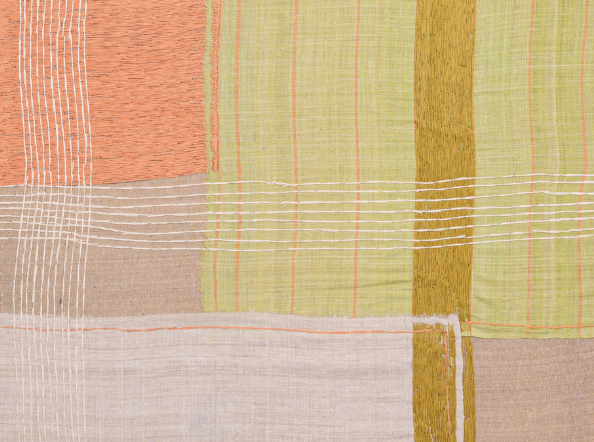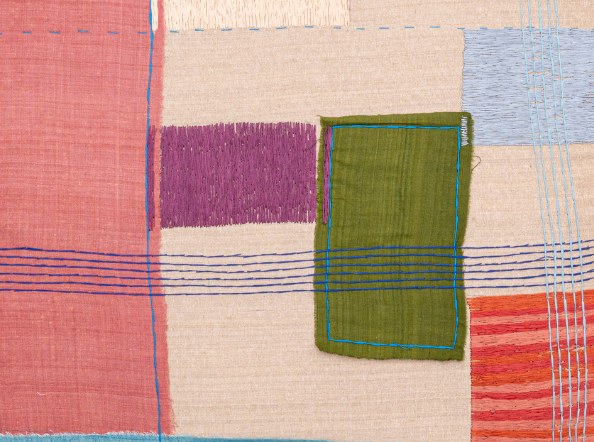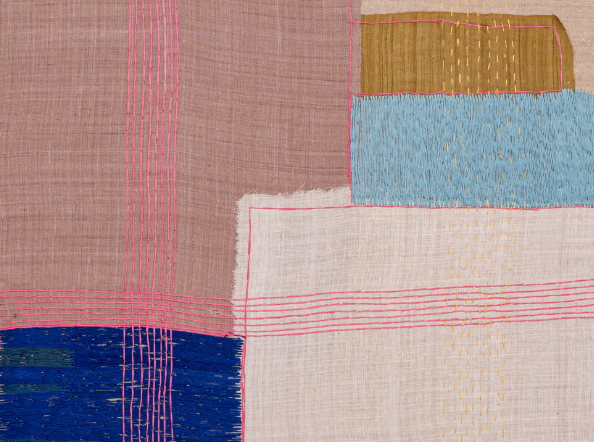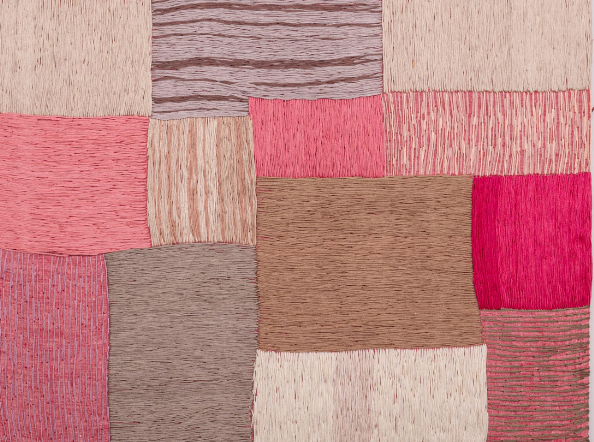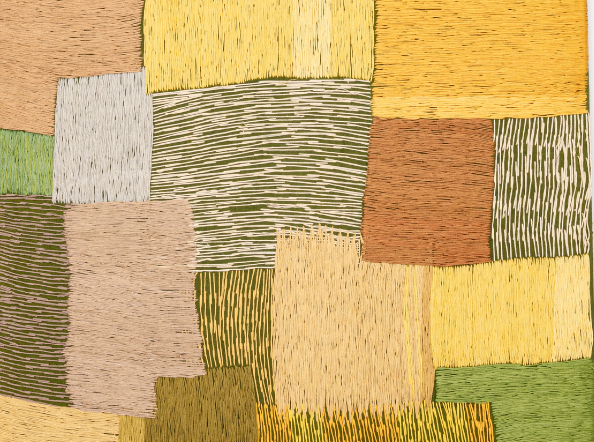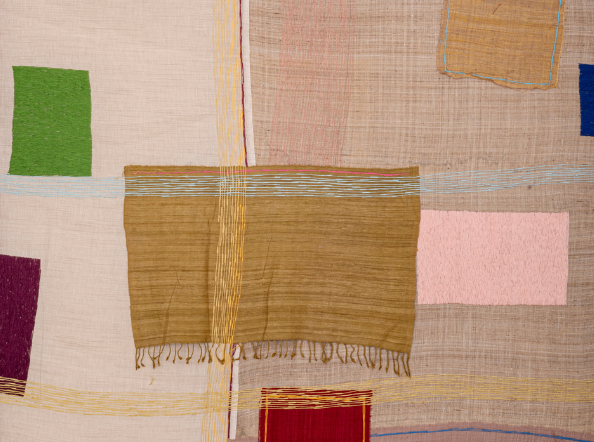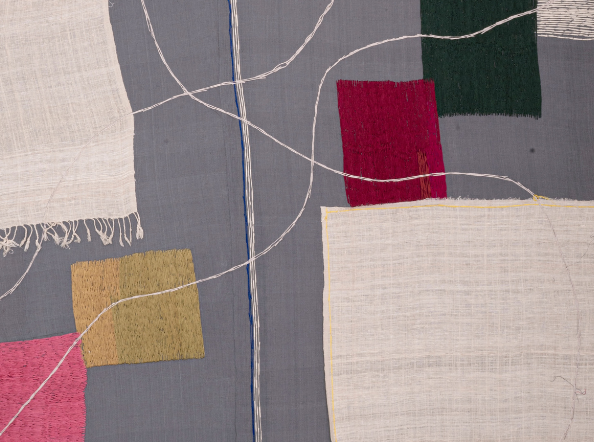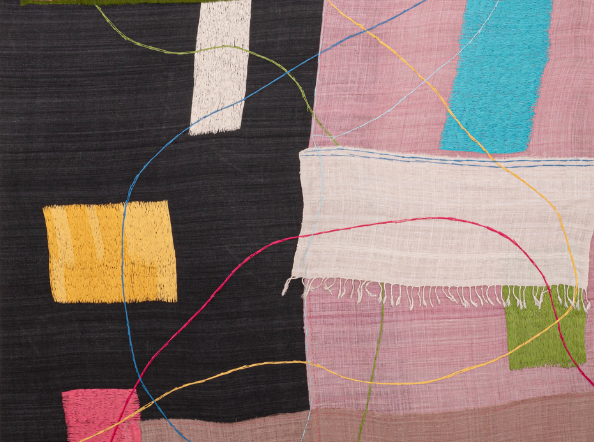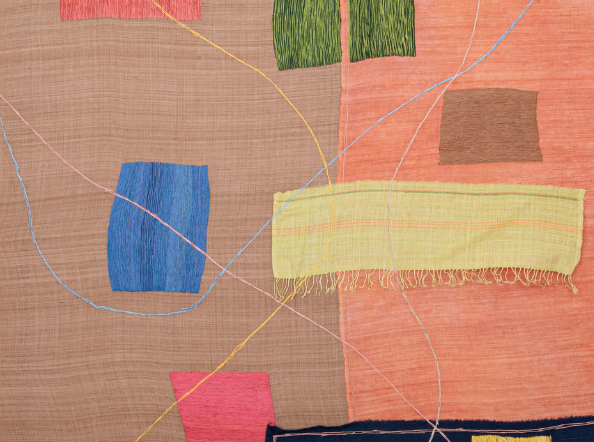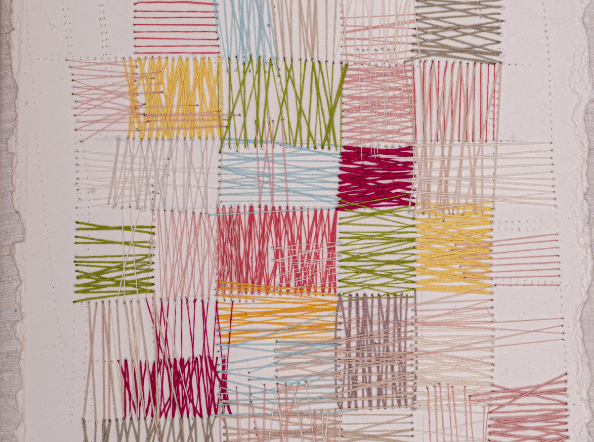-
Exhibitions
- Material Memories |
Group Show
- — Renuka Rajiv
- — Natasha Das
-
![Butt piece, 2024]() Butt piece, 2024
Butt piece, 2024
-
![Civilizational Crisis]() Civilizational Crisis
Civilizational Crisis
-
![Hornet Moment]() Hornet Moment
Hornet Moment
-
![Whale Doom]() Whale Doom
Whale Doom
-
![Ocean Mum]() Ocean Mum
Ocean Mum
-
![Undiagnosed Sanity, 2024]() Undiagnosed Sanity, 2024
Undiagnosed Sanity, 2024
-
![Failing the Innocents, 2019]() Failing the Innocents, 2019
Failing the Innocents, 2019
-
![Back when matriarchy was worried, 2024]() Back when matriarchy was worried, 2024
Back when matriarchy was worried, 2024
-
![Compelling aura of a loser]() Compelling aura of a loser
Compelling aura of a loser
-
![Hampi Scramble]() Hampi Scramble
Hampi Scramble
-
![Jaipur Diary]() Jaipur Diary
Jaipur Diary
-
![Unemployed moment 2]() Unemployed moment 2
Unemployed moment 2
-
![Alien vs Trinity]() Alien vs Trinity
Alien vs Trinity
-
![Unemployed moment 1]() Unemployed moment 1
Unemployed moment 1
-
![Book-worm self-actualization]() Book-worm self-actualization
Book-worm self-actualization
-
![Auto decal]() Auto decal
Auto decal
-
![Innocents 2]() Innocents 2
Innocents 2
-
![Without Adira]() Without Adira
Without Adira
-
![Innocents 1]() Innocents 1
Innocents 1
-
![Thrift Shades]() Thrift Shades
Thrift Shades
-
![Phulkari 2]() Phulkari 2
Phulkari 2
-
![Neo Geo]() Neo Geo
Neo Geo
-
![Veneer of the outside]() Veneer of the outside
Veneer of the outside
-
![Phulkari 1]() Phulkari 1
Phulkari 1
-
![Brain-moon 3d]() Brain-moon 3d
Brain-moon 3d
-
![Second Wave]() Second Wave
Second Wave
-
![Broken Book]() Broken Book
Broken Book
-
![Ear and Mosquito]() Ear and Mosquito
Ear and Mosquito
-
![The Unquiet River]() The Unquiet River
The Unquiet River
-
![Distance at Dawn]() Distance at Dawn
Distance at Dawn
-
![Extreme Perfectionist]() Extreme Perfectionist
Extreme Perfectionist
-
![Seething]() Seething
Seething
-
![Third Wheel/Bystander]() Third Wheel/Bystander
Third Wheel/Bystander
-
![Chingu Weekend]() Chingu Weekend
Chingu Weekend
-
![Chingu Weekend]() Chingu Weekend
Chingu Weekend
-
![Color Bricks, Pink]() Color Bricks, Pink
Color Bricks, Pink
-
![Color Bricks, Orange]() Color Bricks, Orange
Color Bricks, Orange
-
![Color Bricks, Brown]() Color Bricks, Brown
Color Bricks, Brown
-
![Color Bricks, Purple]() Color Bricks, Purple
Color Bricks, Purple
-
![Color Bricks, Rainbow]() Color Bricks, Rainbow
Color Bricks, Rainbow
-
![Color Bricks, Gray]() Color Bricks, Gray
Color Bricks, Gray
-
![Color Bricks, Blue]() Color Bricks, Blue
Color Bricks, Blue
-
![Chingu Weekend]() Chingu Weekend
Chingu Weekend
-
![Chingu Weekend]() Chingu Weekend
Chingu Weekend
-
![From gas-crack to ass-crack]() From gas-crack to ass-crack
From gas-crack to ass-crack
-
![Chingu Weekend]() Chingu Weekend
Chingu Weekend
-
![Rough Riders Backing Vocals]() Rough Riders Backing Vocals
Rough Riders Backing Vocals
-
![Unrequited Vulnerability 1]() Unrequited Vulnerability 1
Unrequited Vulnerability 1
-
![Unrequited Vulnerability 4]() Unrequited Vulnerability 4
Unrequited Vulnerability 4
-
![La NIna]() La NIna
La NIna
-
![Unrequited Vulnerability 3]() Unrequited Vulnerability 3
Unrequited Vulnerability 3
-
![Unrequited Vulnerability 2]() Unrequited Vulnerability 2
Unrequited Vulnerability 2
-
![Janpath 3]() Janpath 3
Janpath 3
-
![Janpath 2]() Janpath 2
Janpath 2
-
![Janpath 1]() Janpath 1
Janpath 1
-
![Pink Wall]() Pink Wall
Pink Wall
-
![Green Wall]() Green Wall
Green Wall
-
![Lahe Land 1]() Lahe Land 1
Lahe Land 1
-
![Lahe Land 3]() Lahe Land 3
Lahe Land 3
-
![Playful Passage 1]() Playful Passage 1
Playful Passage 1
-
![Playful Passage 2]() Playful Passage 2
Playful Passage 2
-
![Thread Sketch 1]() Thread Sketch 1
Thread Sketch 1
-
![Thread Sketch 2]() Thread Sketch 2
Thread Sketch 2
“The properties of materials are not attributes, they are histories.” 1
(Tim Ingold, “Materials against Materiality,” 2011)
Inspired by the artisanal practices of embroidery, weaving and quilt making there is a gestural quality to the artworks of Natasha Das and Renuka Rajiv. One follows the tracings of lines that seem to be alive, sometimes moving rapidly across the picture’s surface, at other times, entangled with their fellows to form intricate patterns, like an elaborately choreographed dance performance. The surfaces are rough and irregular, giving the works a sculptural impression. For Natasha Das, the material itself is expressive – the weave of the textile, individual strands of embroidery thread, or the textures of hand-made paper all have stories to tell. Uneven squares picked out in brightly coloured thread work on Eri silk jostle with each other, others are compositions that juxtapose colours made up of different mediums such as luminous paint with textile that is worn through, its edges shredded. The frayed edges of unstretched canvas or sheets of paper, dampened to visibilize the fibres that compose them draw attention to the frame that holds these different materials together. Running through this medley of colours and textures are lines of embroidery, evidence of the artist’s hand as she brings these different entities, with their contrary forces, together to form a whole. ‘Lahe, Lahe’ (slowly, slowly), the theme of Natasha’s collection is an Assamese phrase that expresses the essence of artisanal practice, of time that slows down to reflect the organic rhythms of the artisan’s body. But unlike the finished artworks made by the artisan’s hand, here the artworks are unfinished, arrested mid-way, a testimony to the process of making rather than to the artwork that is finally produced.
For Renuka Rajiv, too, lines are one of the privileged mediums of expression. Renuka’s lines are fluid, cutting across figure-ground distinctions and gendered binaries. Sometimes they trace the contours of a face; at other times they are configured into elaborate arabesques. They are shaped into letters – spidery lines arranging themselves momentarily into words; words that are nomadic with a life of their own; words that seem to meander all over the artwork’s surface, speaking in a tongue that we, the viewers, only half understand. Renuka alternates between lines traced by pen and lines that are embroidered. Stitching requires a different set of gestures than drawing with the pen. It slows the line down. The pen sometimes mimics the gestures of stitching, breaking the continuous line into short, uneven strokes. The lines become diffuse, evoking the currents and vortices in the atmosphere that cushion the figures floating joyously through the air. Renuka’s artworks are many-layered stories, each story a ground from which another bodies forth. Artisanal traditions such as quilting and applique work are used to convey this sense of layering - of images that overlap or are playfully juxtaposed. The absence of hierarchies is notable in this artist’s practice – embroidery becomes an extension of the drawn and painted line. Distinctions between mediums and categories are dissolved. For Renuka distinctions between art and craft, image and text, abstract and figurative are collapsed to further narrative exploration.
In their use of textiles and thread, the artists evoke domestic aesthetics. The patient work of learning through repetition, of the everyday practices of renewal of artworks that are fragile and prone to everyday wear and tear does not suit the pace of urban life. The artists present a deconstructed story of artisanal production – a celebration of the itinerant and improvisatory process of making and the vitality of the materials used. Their works seem to be speaking to us, telling us that fabric, paper, pen and ink all have subjectivities of their own – the artists’ being but the vehicles through which their stories are enacted.
-Roma Chatterji
1 Ingold, Tim. "Materials against materiality." Archaeological dialogues 14, no. 1 (2007): 1-16.
